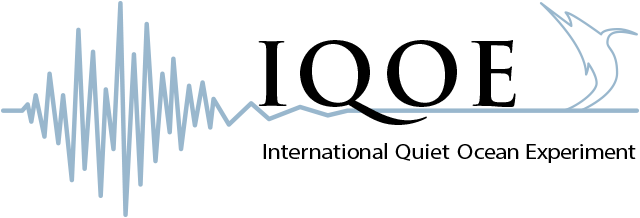Endorsed projects are expected to help achieve the scientific goals of the IQOE, to help develop and follow standards for research and observations, to help develop and follow the IQOE data policy, and to work together with other projects with shared goals.
Sound provides a powerful tool for studying marine life, ocean dynamics, and human use of marine resources. Passive acoustic technology can be used to non-invasively assess environmental noise levels, surface conditions, human activity, and the distribution and biodiversity of vocalizing marine life. Active acoustic technology provides a high-resolution (in both time and space) measure of biological (zooplankton and fish abundance and distribution) and physical oceanographic processes (internal waves, frontal systems).
